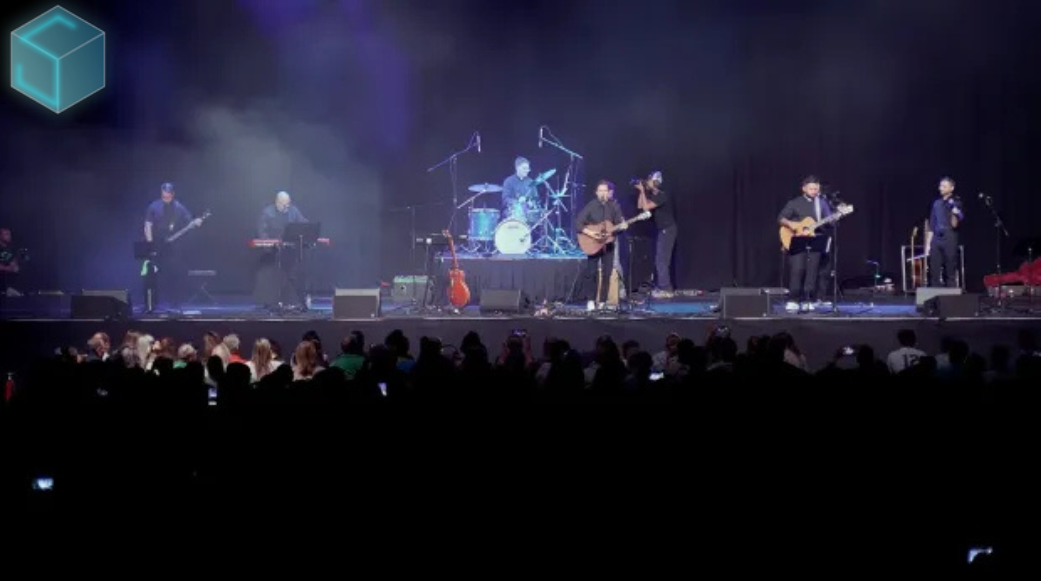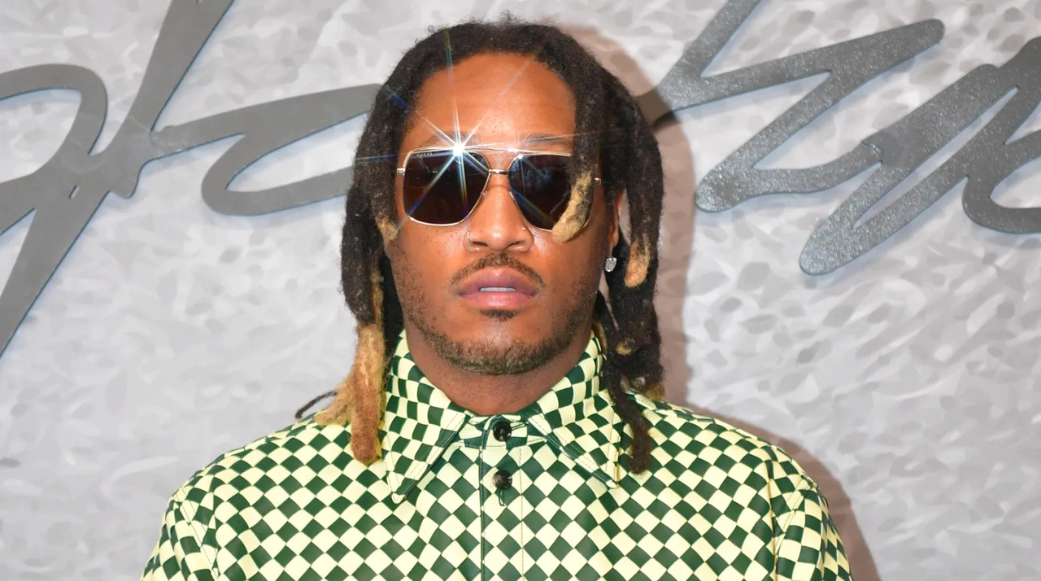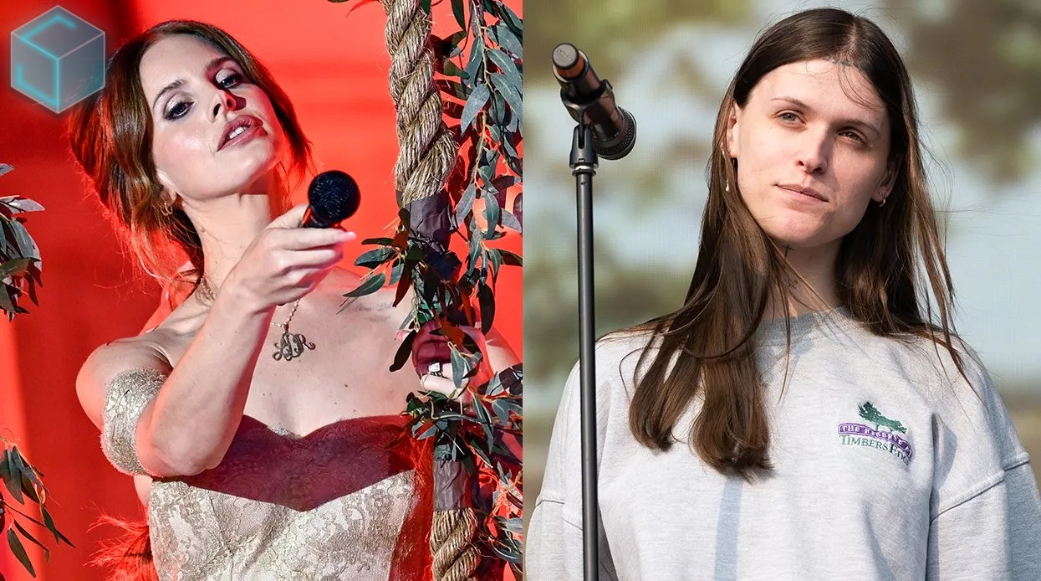
August 20, 2025
Imagine six Catholic priests performing at a sold-out Houston show instead of a well-known pop star. Their band's performance combined messages of prayer, celibacy, and faith with elements of rock...
Read more.png)
August 20, 2025
Nostalgia, Mother Mother’s latest album, is one of those rare creations. It invites us into a world where lightness isn’t escapism—it’s a form of resistance, a beacon of hope, and a path forward....
Read more
August 19, 2025
When Anna of the North released “Lovers” in 2017, it was already a dreamy synth-pop gem, filled with wistful vocals and lush production that captured the ache of young romance. But it wasn’t until...
Read more
August 19, 2025
“Let Me Know” ft. Future started out as a moody, late-night playlist type of track, the kind you blast in your car pretending you’re in a music video while stuck in traffic. But now? It’s become...
Read more
August 19, 2025
“Your Idol” stands out in Kpop Demon Hunters not just as a catchy track, but as one of the most self-aware songs in the whole project. At first listen, it has all the hallmarks of a classic K-pop...
Read more
August 19, 2025
If you’ve scrolled TikTok, Insta, or literally any corner of the internet in the past few weeks, you’ve probably heard it: the fizzy, feel-good bop known as “Soda Pop” by the Saja Boys. Straight...
Read more
August 19, 2025
Skai Is Yourgod didn’t just drop a song, he dropped a cultural grenade. His track “Stacks From All Sides” has taken TikTok by storm, and the secret sauce? A cheeky little sample from Beetle on...
Read more
August 19, 2025
After 70 weeks at No. 1 with “Too Sweet,” Hozier’s reign on Billboard’s Hot Rock Songs chart comes to an end as newcomer Sombr takes over with...
Read more
August 19, 2025
Charli XCX brought her groundbreaking Brat era to a poignant close Friday night during an electrifying performance at South Korea's One Universe Festival. The pop innovator marked the final...
Read more
August 19, 2025
Taylor Swift’s appearance on Travis and Jason Kelce’s New Heights podcast drew 1.3M live viewers, breaking YouTube records and sparking buzz with details about her new album The Life of a...
Read more
August 19, 2025
After a six-year silence, Chance the Rapper is officially back. On August 15, 2025, he will drop his sophomore album, Star Line, marking a new chapter filled with growth, travel, and creative...
Read more
August 19, 2025
Lana Del Rey’s new song takes aim at Ethel Cain, referencing an alleged personal rift involving Instagram posts, a mutual ex, and behind-the-scenes remarks...
Read more.png)
AI in music has gone from sci-fi fantasy to daily reality. Tools like Suno are now powerful enough to generate melodies, lyrics, and even full songs in seconds. That’s exciting—and controversial. Just ask Timbaland. Recently, he came under fire for reportedly using music sent to him for review to train his Suno model without permission. For many creators, that felt like crossing a line.
So here’s the big question: should you use Suno in your workflow? The answer depends on how you approach it. If you’re the type who wants to stay ahead as an early adopter—not resisting new tools but also not handing over the keys to your artistry—then Suno can be a powerful ally. The trick is making sure you’re the creator, and Suno is just a tool.
AI has always sparked debate in creative communities. When Kanye West leaned into Auto-Tune on 808s & Heartbreak, people called it a gimmick. Now, it’s a standard tool in modern music. When Billie Eilish and Finneas started experimenting with extreme vocal layering, it sounded strange to some—but it defined an entire era of pop.
Suno is today’s version of that debate. Critics argue it’s cheating, while supporters say it’s no different than using a sampler or loop pack. Both sides have a point. The real danger is not the tool itself, but what you do with it. If you lean on AI to do everything, you’ll lose your artistic identity. But if you treat it like a collaborator that sparks ideas, you can level up without losing your voice.
Here’s the truth: humans are naturally lazy. We gravitate toward the path of least resistance. That’s why preset packs, ghostwriters, and sample libraries exist. AI just happens to be the newest shortcut.
But laziness doesn’t have to be a dealbreaker. If you let Suno replace your creativity, your music will sound generic. If you use it to free up time and mental space so you can focus on the details that matter, it becomes a growth tool.
Think about Timbaland again: people weren’t upset because he used Suno. They were upset because he allegedly skipped the human respect part of the equation. That’s the risk of laziness—you cut corners that compromise trust, originality, or taste.
No matter how good AI gets, the one thing it can never replicate is your taste.
Taste is what tells you a beat feels too cluttered, a lyric feels off, or a melody makes you feel something. It’s why Pharrell can hear a loop and transform it into a global hit, while someone else might shrug it off. Suno can generate endless ideas, but only your taste can filter those ideas into something that sounds authentically you.
If you train your taste—by studying great records, experimenting with sound design, and sharpening your ear—you’ll never be outshined by an algorithm. Taste is your compass, and Suno is just one more brush in your toolkit.
Here are four practical ways to use Suno effectively:
The Timbaland controversy shows the risks: if you’re lazy, careless, or disrespectful with how you use AI, it backfires. But if you’re thoughtful, disciplined, and guided by taste, Suno can be a powerful tool in your workflow.